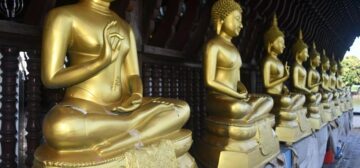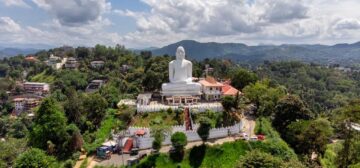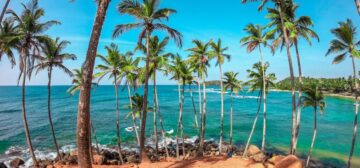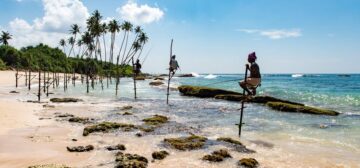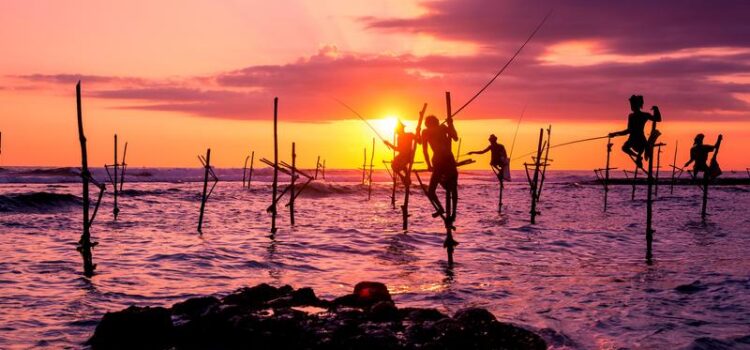Domestic air services around Sri Lanka are limited, and most tourists travel by either road or train. If you do choose to fly, then the major domestic airport is Ratmalana at Colombo. There are reasonably regular flights to Jaffna, Palaly and Trincomalee by FitsAir (www.fitsair.com). Charter flights can be arranged by them, or by helicopter with Millennium Airlines (http://simplifly.com).With the opening of Mattala Rajapaska International Airport, domestic services are expected to begin operating between the east and south coasts in the near future.Sri Lanka has a widespread road network, which accounts for nearly 95% of land transport across the country. Driving tends to be erratic, and most travellers either employ a locally knowledgeable driver or use public transport.The quality of the country’s road varies considerably. The main coastal arteries are modern and well-maintained, while many of the mountain roads are poor-quality and pockmarked with holes. Road works are everywhere, demonstrating the island’s increasing prosperity and its commitment to infrastructure development.E class roads are high-speed expressways, while A class roads represent the national highway network. B class and C class roads tend to be smaller and of varying quality.Car hire services are available from several international agencies. To hire a car, visitors must have a valid driving licence and be 18 or over. In order to avoid bureaucratic formalities in Sri Lanka, an International Driving Permit should be obtained before departure. If not, a temporary licence to drive is obtainable on presentation of a valid national driving licence. Air-conditioned minibuses are also available. Motorised rickshaws are also readily available for hire in towns and villages. Chauffeur-driven cars are not too expensive and are recommended. Taxis in Sri Lanka have yellow tops and red and white plates. In Colombo, taxis are metered but it is advisable to agree a rate before setting off. Drivers expect a 10% tip. A cheaper and more authentic option is to flag down a tuk-tuk – these open rickshaws are available for hire in abundance across the country.Cycling in the cities is inadvisable, but in rural areas bikes are becoming increasingly common. There are four National Cycle Trails. Most bike hire agencies are concentrated in Colombo and Negombo.The cheapest and most enjoyable way to get around Sri Lanka is by bus. Most vehicles are ancient, atmospheric and packed with chattering locals, and major routes include Colombo to Kandy, Colombo to Matara and Colombo to Jaffna. Timetables can be found on the website of the National Transport Commission (www.ntc.gov.lk).The Central Transport Board provides intensive urban bus operations in Colombo, where there are also private buses and minibuses. Fares are generally collected by conductors. Services are often crowded.Trains connect Colombo with all tourist towns, but first-class carriages, air conditioning and dining cars are available on only a few. Passengers can buy tickets online from Sri Lanka Railways (www.railway.gov.lk). New fast services operate on the principal routes, including an intercity express service between Colombo and Kandy, otherwise journeys are fairly leisurely.First-class carriages almost always book up in advance, so it’s best to secure your ticket early.There is no official river transport network, but several tourism operators offer river cruises on the Bentota and Polwatta rivers.

